Sanjay Poonen on 'Copycat' Nutanix And VMware's Independent Status With Dell EMC
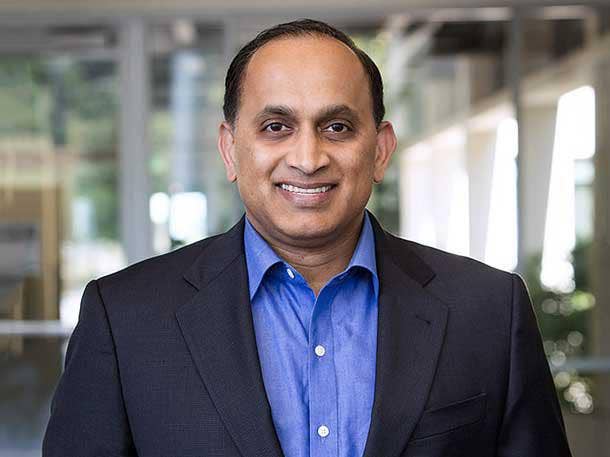
Poonen On The Record
Sanjay Poonen is a renowned business competitor willing to stand up for VMware and its channel partners against any technology foes. VMware's chief operating officer said he has "tremendous respect" for his friend and hyper-converged competitor Nutanix CEO Dheeraj Pandey, but isn't afraid to duke it out for market-share supremacy.
"When Nutanix has gone down stack to try to build their own hypervisor, across stack to build their own networking, and now going up stack to compete against [VMware] Horizon—we view it as sort of a copycat, wannabe VMware move," said Poonen in an interview with CRN.
Poonen, who is responsible for worldwide sales, services, support, alliances, marketing and communications at VMware, said the virtualization leader also plans to keep its "independent status" from Dell EMC. "We have to go in with a neutral sort of Switzerland-type of message, which is optimized for Dell EMC in Dell EMC accounts, but not tethered to them in non-Dell EMC accounts," he said.
The five-year VMware veteran talks to CRN about the company's differentiation from Nutanix, the channel "game-changer" of getting Amazon's RDS on VMware and VMware's strategy to remain independent.

Talk about your recent Tweetaccusing Nutanix of 'copycatting' VMware. How so?
I have tremendous respect for Dheeraj [Pandey, pictured]; he's a friend. Although I have a public presence and I Tweet, out of my 7,000 Tweets there's probably one or two that are punchy. I don’t hold back because to the VMware loyalist, who are 20,000 of us and our partners, they want to see somebody who's defending their turf. I have to do that and I'll do that occasionally. I'm not constantly belittling people; it's strictly business, it's not personal.
When Nutanix has gone down stack to try to build their own hypervisor, across stack to build their own networking, and now going up stack to compete against [VMware] Horizon—we view it as sort of a copycat, wannabe VMware move. But that's OK; they choose their strategy. We think the bulk of their customers have chosen compute and storage, and we're going to support those customers. I would say the vast majority of their 7,000 or 8,000 customers run on top of VMware vSphere, and those customers are going to be unequivocally supported. We're going to give them vSphere, make it best of breed, surround it with NSX, put Horizon on top of it—and I know who those customers are. But there's 15,000 others who have picked vSAN and there's 500,000 customers of vSphere, some of whom have never made a choice. So it's the first inning.
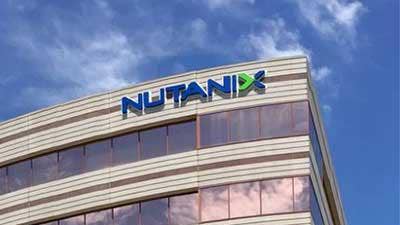
What's VMware's go-to-market strategy against Nutanix?
What we want to say to a customer who is a greenfield opportunity is, 'We're going to show you that vSAN or an engineered system like VxRail is the better alternative to Nutanix XC.' The market share and the number of customers seem to indicate that we're winning that game, but if a customer has already bought Nutanix or we lose that opportunity to Nutanix, we're still going to support them. What we want to do is put VMware vSphere underneath Nutanix storage—it's a much better option than Nutanix AHV Acropolis. Then put NSX on the side of it for networking—it's a much better component than Nutanix's software-defined networking capabilities. Then put in things like Horizon VDI because most often a Nutanix customer uses [Citrix] for VDI, and we have a much better story than Citrix. So if a customer has picked Nutanix for storage, just think of VMware surrounding it: So underneath it is vSphere, around it is NSX and on top of it is Horizon. But if it's a greenfield opportunity, you bet your mother that we're going to compete hard and we should.

What is your competitive drive?
My view of competition is the same as when people would watch me be a little combative to Citrix, which is, ‘Competition is good.’ It makes us better. If it wasn't for the Citrix-VMware competition in end-user computing, we wouldn't have a better Workspace ONE product today. If it wasn't for the VMware-Nutanix competition, we wouldn't have a better VSAN and VxRail today. We just need to focus on the customer. Occasionally, you'll see me a bit combative, it's not a regular thing, but that's OK. We are pleasing and satisfying our customers—whether they've picked us or Nutanix, or whether they picked us or Citrix, or us or Red Hat—there's multiple competitors we face here, but in some cases they're best of breed in a particular area so we will make sure we support them.
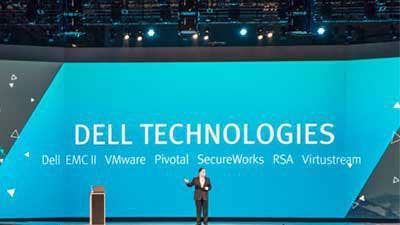
With Dell looking to go public, what is VMware's strategy around independence?
VMware has an independent status because some accounts are Dell servers and NetApp storage, or HPE servers and EMC storage, or Cisco networking and NSX—we have a heterogeneous landscape. So if a customer has picked a non-Dell EMC component for server or storage, we have to support them. They're all running VMware and we want to make sure they're also best of breed. So we have to go in with a neutral sort of Switzerland-type of message, which is optimized for Dell EMC in Dell EMC accounts, but not tethered to them in non-Dell EMC accounts. I think it's the best of both worlds for us. The partnership has really gotten better over the past two years. We think it's just beginning. There's a lot of headroom in terms of what we want to get accomplished in all of these businesses such as in hyper-converged where we can really do a lot together with Dell, as well as with Workspace ONE. We have many synergy plans. We want to make an easy button so it's engineered in and we work well together.

What can partners expect ahead in terms of VMware and Dell's synergy plans?
When Dell and EMC came together, [Dell CEO] Michael Dell really made it a priority to rally this message of 'Better Together' across Dell EMC, VMware, Pivotal, SecureWorks, etc. and that's really worked—from engineering to go-to-market. We work very closely. A good example of the fruits of that is VxRail. It's an engineered hyper-converged system and powered by the software of vSAN. Workspace ONE on Dell laptops, that's another engineered system on Dell physical laptops that is a great example of engineering collaboration between our team and [Dell Vice Chairman of Products and Operations] Jeff Clarke’s team. Go-to-market is part of the businesses of VMware I now run—sales, marketing and support—we work very closely with [Dell EMC Channel Chief] Joyce Mullen, [Dell President and Chief Commercial Officer] Marius Haas, other key people and their channel teams to make sure we are aligned at the point of the customer so we can be easy to do business with. We have to make sure that we're unified so the customer [has] an optimized experienced. For a Dell EMC-VMware account, it should be really a smooth, fluid go-to-market.
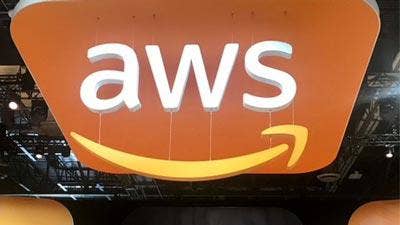
What’s the channel impact of Amazon's Relational Database Service becoming available on VMware?
It's bringing Amazon RDS on-premise to run on the world's best virtualization platform. That is a game-changer because a lot of partners have built an ecosystem around Amazon. Amazon has 2 million logos and hundreds of thousands of customers, many of whom are shared in common with VMware. These are customers who built virtualization businesses and are also building cloud migration practices and many of them have savviness in database technology, which is what RDS is. They're going to be really excited about the ability to take the best aspects of what they know of VMware and apply it to what is also very successful inside Amazon, the service of RDS. The feedback I'm hearing from system integrators, VARs, tech partners and the AWS partnership is very positive for Amazon RDS on vSphere and its potential.

If you were a VMware channel partner today, what would you do to become as profitable as possible?
If I was a channel partner who's had strength with vSphere, I would get on the wave of some of these new innovations that are taking off. There's four of them that are all significant commitments that VMware is making, but we need to get channel partners also in the game. Many of them are, but we could do more. First is NSX, that thing now has 7,500 customers and is in 82 percent of the Fortune 500. Any channel partner who has a networking expertise should be with us. Dimension Data, World Wide Technology—these are all networking partners we’re working with to make sure they get trained and enabled on NSX, including the new capabilities of NSX like SD-WAN on VeloCloud. If you have a networking focus in your expertise, come talk to us. No. 2 is hyper-converged infrastructure with vSAN. We have 15,000 customers and we're the leader in the market now. A significant number of them are in the Global 2,000—over 50 percent. If you’re a partner with expertise in compute and storage in the channel, we want to work with you. We're already working with people like SHI and Presidio, system integrators, and many of the Dell partners because hyper-converged is a great engineered system of Dell EMC-VMware.
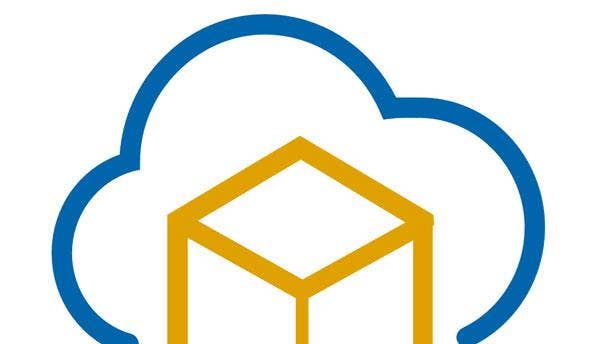
What are the other key areas that partners should invest in?
[The third is] VMware Cloud on AWS —all of the new things with CloudHealth and RDS, those are huge moves to optimize people's data center spending and disaster recovery. So cloud partners or partners who have expertise in disaster recovery and data center optimization should be on that. The best time for the partners to engage is now. The fourth area I would focus on would be end-user computing around digital workspace and Workspace ONE. That has tremendous potential. I think it has 80,000 customers. We have very compelling use cases. We are the only company that can bring together an Apple, Google and Microsoft set of devices into one unified plane and take away all the clutter. We've had tremendous success with mobile-centric partners, including the partners of Apple, Google and Microsoft in furthering that.
Those four priorities offer plenty of room for channel partners to be our force multiplier. Those are four areas we weren't talking about five years ago. That's how you become a force multiplier, so for every dollar we create of license and subscription software, there's multiple times that of opportunity for services or value-added components on top. That's the money-making opportunity for our partners.